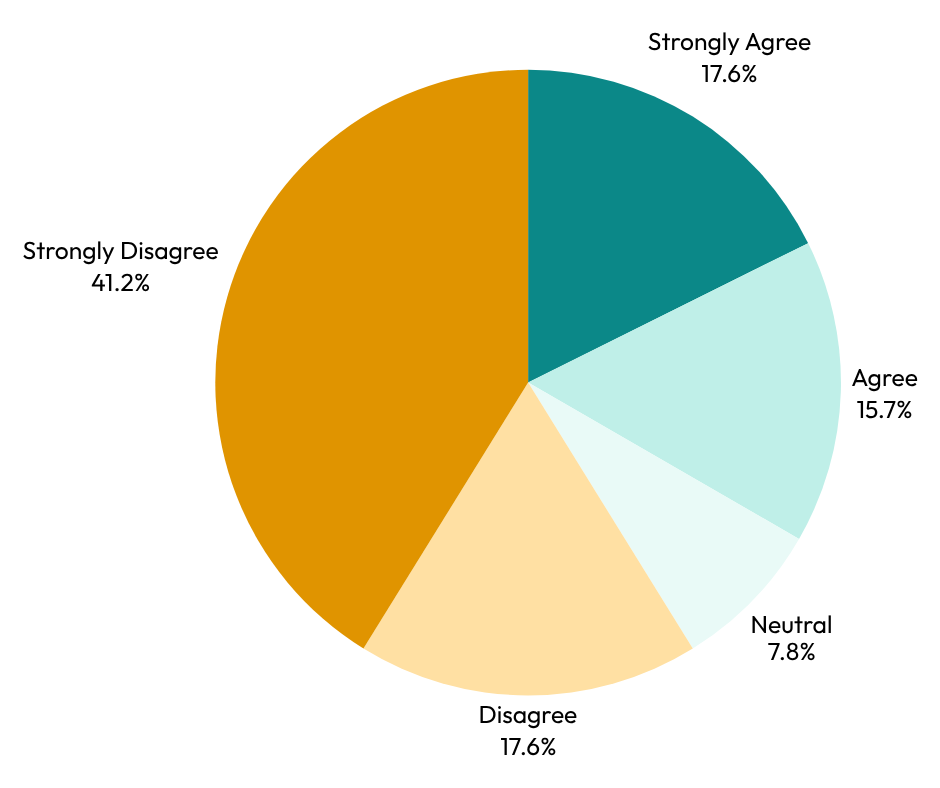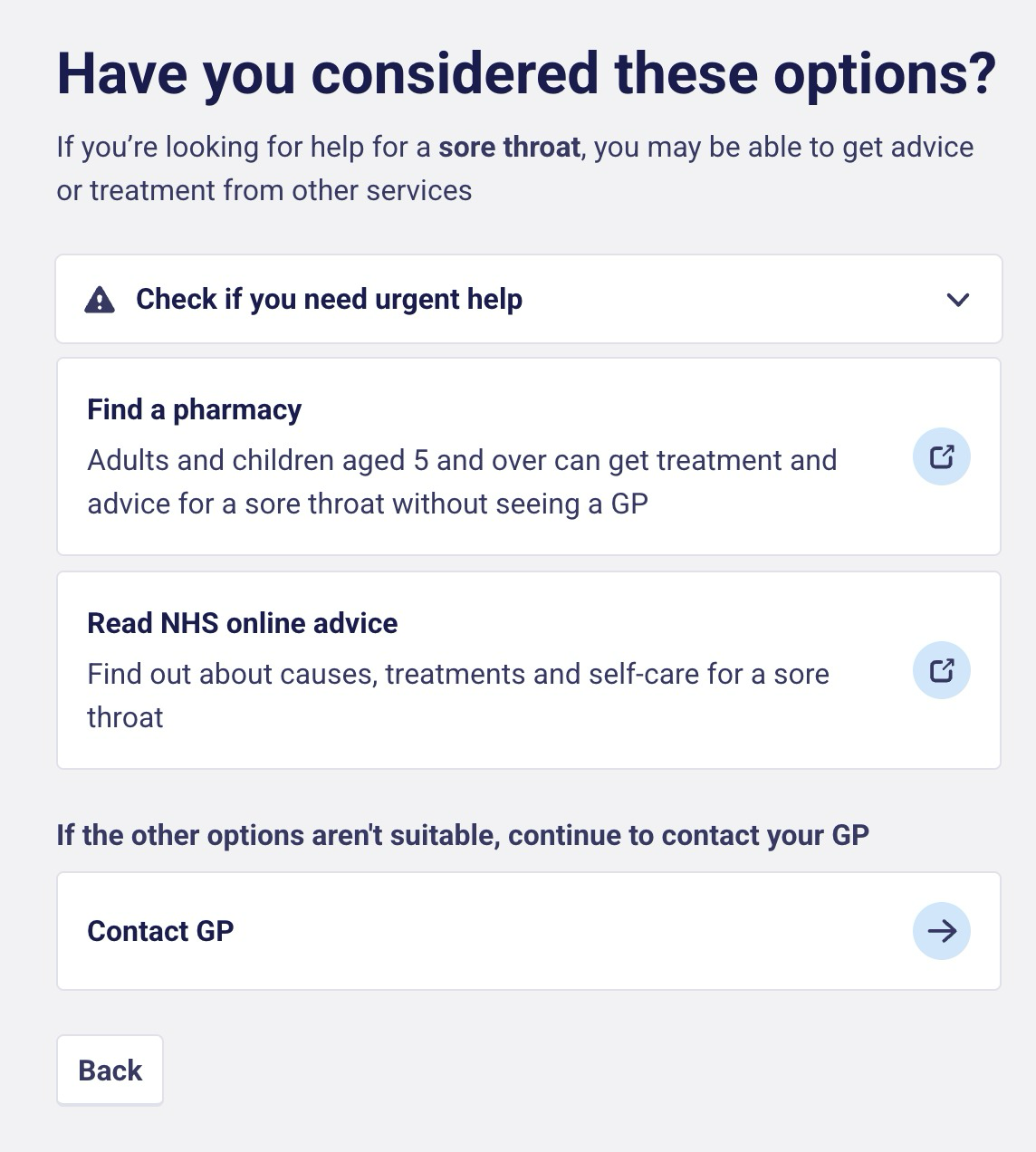What’s happening?
From 1st of October, practices will need to keep their online consultation tools open throughout core hours (8am–6:30pm, Monday to Friday) for certain non-urgent requests.1 This includes:
- Routine, non-urgent appointment requests
- Medication queries
- Administrative requests
The change is part of NHS England’s commitment to improving patient access – but this has raised concerns for many practices. And understandably so.
“We’re just not clear on what this means in practice”
Over the past few weeks, we’ve had a steady stream of questions across our GP community platforms, WhatsApp and Facebook:
“Does Accurx differentiate between urgent and routine requests?”
“What’s an acceptable timeframe for responding to non-urgent requests?”
“Are we allowed to have limits if we’re reaching capacity?”
Some practices that are already operating a total triage model feel more confident about managing the requirements. Others are still working out what the October update means for their day-to-day – especially with the lack of clarity around what qualifies as ‘non-urgent’, and how much flexibility practices will actually have.
We recently ran a poll in our WhatsApp community, asking members to what extent they agreed with the statement:
“I feel confident about meeting the 1st October GP contract obligations.”

While a small number feel assured in their current setup, most are still seeking clarity, reassurance, and support. Over half of respondents (30 out of 51) – did not feel confident about being ready in time.
Our approach to the contract
We’ve been working closely with practices and NHSE to understand what support is most needed – and how Accurx can help. Our approach is grounded in three principles that have shaped Patient Triage from the start:
- Make it easy for patients to access care
- Ensure triage decisions are held by those best equipped to make them
- Help practices stay in control of demand across the day
We believe the best way to meet the new requirement is through a total triage model – but we also know that not every practice is there yet. So we’re supporting practices on three fronts: through changes to the product, a structured programme to help teams prepare, and a new Digital Front Door solution to reduce the volume of requests coming into GP practices.
Get training from an existing total triage practice.
What we’re doing in the product
Ahead of October, we’re releasing a series of updates to Patient Triage designed to align with the contract while keeping flexibility and safety front and centre:
- A new option for non-urgent routine appointment requests
- Default opening hours updated to 8am–6:30pm
- A hard close on form submissions at end of day
- Improved configuration and clearer patient messaging
A new option for routine care requests
We’re introducing a new route under the ‘Admin’ section of the form – specifically designed for patients who need to book routine reviews, blood tests, smears, or other follow-up care that doesn’t involve new symptoms.
This route supports the administrative action of allowing patients to get routine care. It will include clear guidance on:
- What types of appointments this form should be used for
- What not to submit through this route (e.g. new or worsening symptoms)
Updated default hours (8am–6:30pm) and a hard close at the end of the day
We’re updating the default form opening hours to reflect the GP contract’s core hours requirement (8am–6:30pm). This won’t change practice’s current settings – existing form hours will remain as they are. However, if your practice chooses to reset your form opening hours, the new default will be applied.
We’re also introducing a hard close at your chosen end time. This means patients will no longer be able to submit a request after closing, even if they’ve started filling out the form. This change is designed to give practices clarity and confidence that they won’t receive late submissions after hours.
Clearer configuration and patient messaging

We’re making it clearer for practices to customise their opening hours – including the ability to keep admin forms open while closing medical ones.
At the same time, we’re improving how practices can set clear expectations with patients, including:
- When their request will be reviewed or responded to
- What to do if symptoms worsen
- Clear warnings to prevent patients from submitting medical issues via admin routes when the medical form is closed
Why total triage helps
Over 1,000 practices now operate a total triage model using Accurx – where every patient request, whether it comes in online, by phone or in person, is triaged before any action is taken.
This helps practices:
- Reassign capacity based on clinical need
- Reduce duplication across different access routes
- Distribute demand more evenly across the working day
- Free up same-day appointments at the point of urgent need
Those that have made the switch tell us they feel more in control of demand – and more confident in delivering safe, timely care.
Supporting you with a new triage readiness programme
If your team isn’t yet operating total triage, our free 6-week triage readiness programme is designed to help you get set up for success – with practical support to keep your online forms open during core hours and meet the October requirement with confidence.
You’ll get access to:
- Weekly live sessions featuring NHSE speakers like Dr Minal Bakhai and peer practices
- Step-by-step guidance, planning templates and checklists
- Practical advice on patient comms, workflow design and staff training
- Tips for bringing your whole team on board and setting expectations early
There are two start dates to choose from, giving you flexibility to plan around your team – we recommend signing up soon to secure your place and give your team enough time to prepare.
Update: Although our 6-week triage readiness programme has now closed for new sign-ups, practices can still access tailored support through our Total Triage Ambassador scheme.
Our ambassadors are GP practice staff who’ve already made the move to total triage – and now train others on how to do the same. They offer free training calls to walk you through their approach, answer your questions, and help you adapt it to your local setup.
Book a free training call with a Total Triage Ambassador
Reducing demand before it reaches your team

To further help practices manage patient demand, we’re currently piloting a new Digital Front Door feature with 43 practices, to be included in Patient Triage. This is designed to signpost patients to appropriate services based on the information they supply on the form – like pharmacy, online advice, or self-referral pathways – before they submit a request. The goal is to educate patients about the non-GP services available to them, with the aim of encouraging more patients to take up these services at the point of need. We plan to roll this out to all practices later this year.
However you’re preparing for October, we’re here to support you – with the product improvements, guidance, and tools to help your team feel confident and in control. If you have any questions, send us a message via support@accurx.com.
